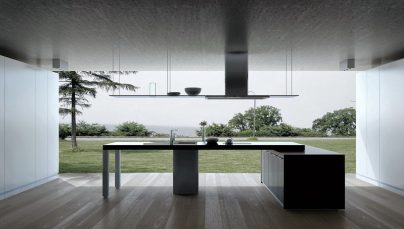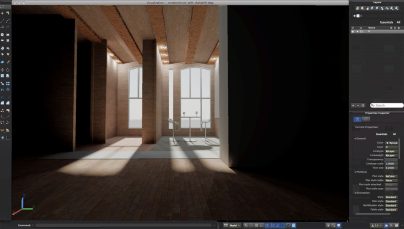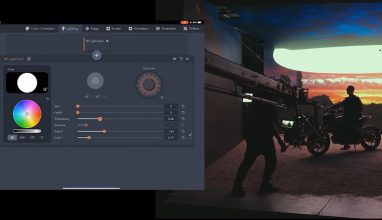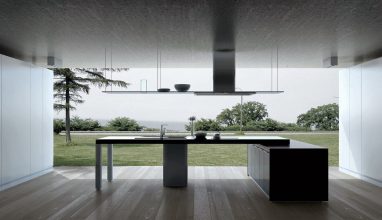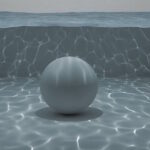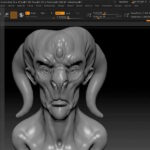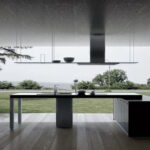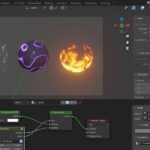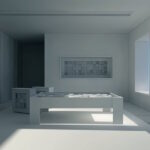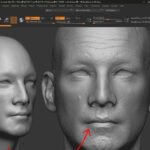Experts in architectural visualization today use the Mental Ray and recommend it to others. This is because of the successful method of manipulating the lighting system of the Mental Ray for an interior scene render.
As a beginner to the 3DS Max, you have to focus on and make certain the important things affecting the interior lighting. These things include, but are not limited to the daylight system, exposure, final gather, and photometric lights.
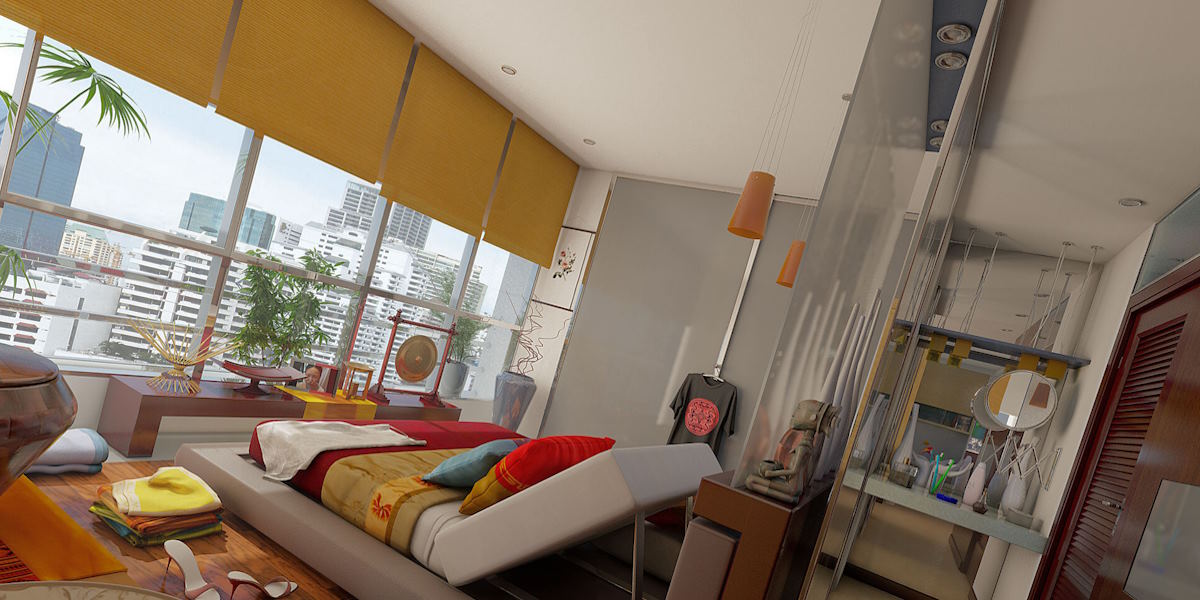
Excellent features of the Mental Ray
The first-class features of the Mental Ray ensure high-quality render quality. You can access and use an unsurpassed set of tools designed to cope with very complex rendering challenges especially memory handling and optimization, flicker reduction, cross-platform network rendering, volumetric lighting, and indirect illumination.
Have you planned for efficiently integrating Mental Ray with 3D modeling software for architecture now? You are at the right place. Qualified and dedicated architects worldwide choose and use the Autodesk 3DS Max tool for efficient architecture 3D modeling and rendering purposes. They access the robust set of polygonal modeling tools and reap benefits from the parametric modeling features. They save both time and money because of the simple experimentation and design exploration.
As a general-purpose renderer designed to create images of high quality and achieve the highest possible performance, Mental Ray is very popular worldwide today. This tool is mostly suggested by its users because of the exploitation of parallelism on multiprocessor machines and also across networks of machines.
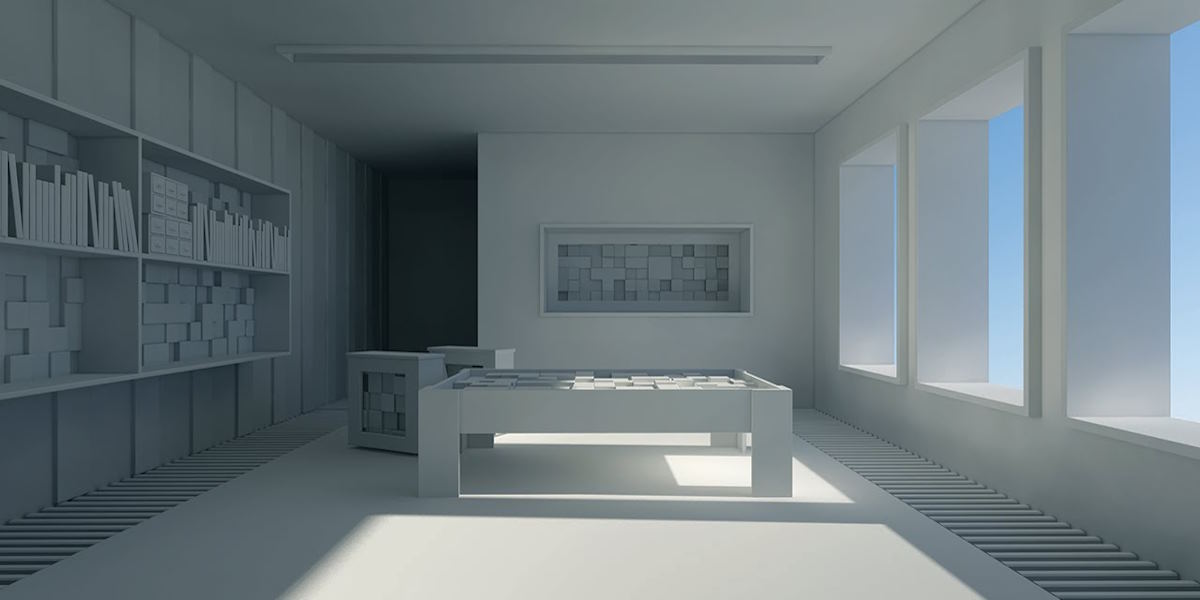
How to improve your architectural design visualization
Enhancements in platforms designed to master the mental ray rendering techniques attract many architects and increase their eagerness to use one of these platforms. You can understand the evolution of Mental Ray in architectural design visualization and make certain how to properly use this rendering technology hereafter.
Have you planned to understand the fundamentals of interior rendering with the mental ray? You can focus on how to properly manipulate the lighting system of the mental ray for an interior scene render. You have to clarify your doubts before using any feature of the mental ray associated with the architectural rendering.
Many architects make certain that they use the Mental Ray as their default render. They focus on and follow the best tips for achieving high-quality architectural renderings with Mental Ray nowadays. They position their daylight for the best shadows. They usually move their daylight into the position which casts long shadows into the scene. They adjust the daylight settings and add FG bounce for the best result.


